As OKC's homeless demographics change, Point In Time count informs where services most needed
A team of volunteers, flashlights in hand while trekking alongside railroad tracks in foggy 4:30 a.m. darkness, stopped once a shopping cart stationed in the corner of an industrial building came into view.
A man underneath layers of blankets was lying outside on the pavement in the entryway of the building. Careful to avoid stepping on glass shards mixed with the pebbled gravel and slippery mud, two of the six volunteers crossed the tracks and walked over to the man, asking him if he could answer a few questions.
The man, who said his name was Delbert, told volunteers he was about to turn 60 years old and that he’d been living on the streets for 14 years. When asked what led him to experience homelessness, he said, “After I lost my house in Norman.”
There were a lot of answers like that — some from tents and encampments hidden by tall grass and trees, others from parked cars in empty fields — as the volunteers canvassed different parts of Oklahoma City on Thursday, gathering information for the annual Point In Time count of the city’s homeless population. The survey is meant to help local agencies and nonprofits better identify demographics, coordinate services and develop housing initiatives to continue addressing the problem.
How the Homeless Alliance uses the data collected in Point In Time
Staff with the city and the Homeless Alliance organize the Point In Time count annually, in compliance with requirements to conduct the survey at least every two years for communities who receive federal Department of Housing and Urban Development funding. In the past 20 years since the Homeless Alliance began in Oklahoma City, the nonprofit has only once been unable to carry out the survey: 2021, during the height of the COVID-19 pandemic.
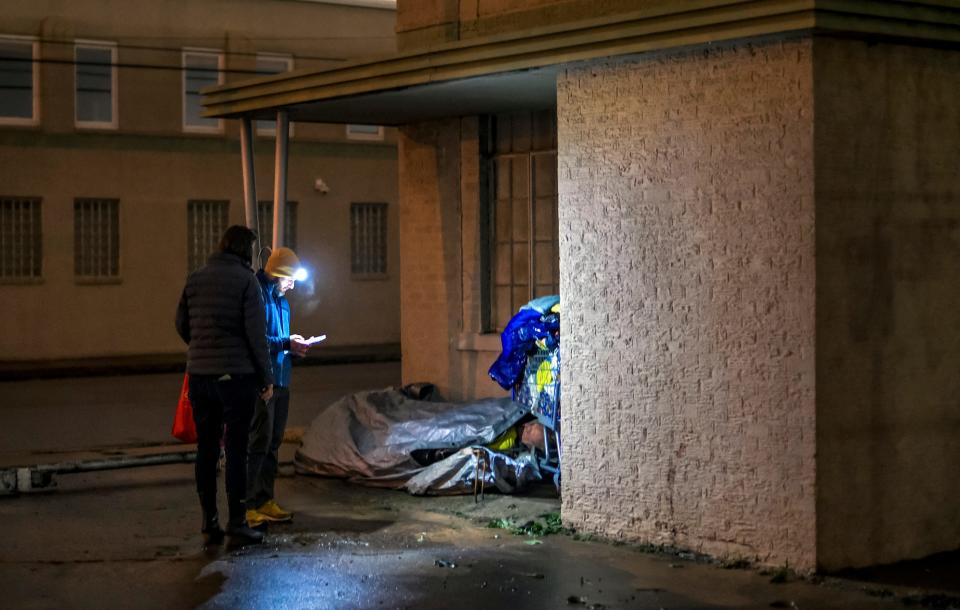
Dan Straughan, executive director of the Homeless Alliance, said the "snapshot census" is never a perfect count, but that patterns often emerge from the collected data that are still useful to officials and organizations.
“In the early 2010s, over the course of a couple of years, families with children were our fastest growing demographic of the homeless population that we were seeing on the Point In Time, so we put together programs specifically targeted at that group, and it’s not anymore,” Straughan said.
“But it’s like squeezing a water balloon: You squeeze one part of it, like families with children, and then veterans issues kind of pops up,” Straughan continued. “And so, then you devote more resources to veterans, and then you start seeing needs for transition-age youth. So having the data helps us go to institutional funders, like the city and county government, and private funders, like the foundations, and say, ‘This is what’s going on in our community — you need to help,’ so that’s the value of it.”
Volunteers who have regularly assisted with the count in past years said survey numbers could be affected by the Homeless Alliance’s newly opened, permanent overnight winter shelter, which can house 300 individuals.
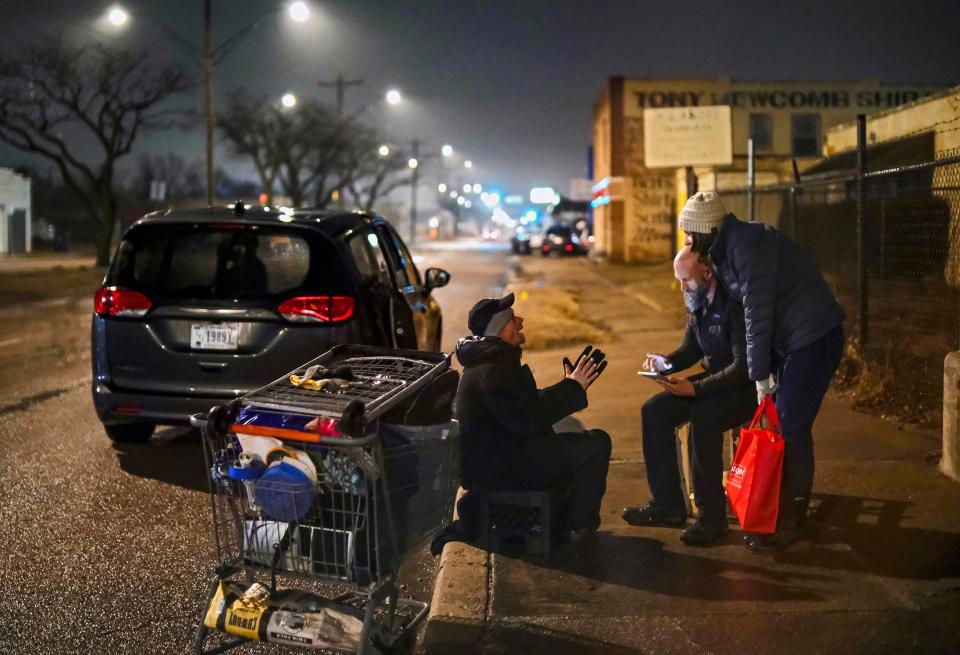
But Cale Powers, chief of social work for Veterans Affairs in Oklahoma City, said Thursday morning’s 4 a.m. shift was one of the busiest he’s seen in his better part of a decade volunteering to conduct the count.
“I saw more structures and more things than I’ve ever seen before,” Powers told The Oklahoman. “I got to meet more people than I’ve ever met before in one of these counts. I’ve done eight or nine of them, and (Thursday) was the most. And I think what it does is, it just re-centers and refocuses you. This is why you do it, these people out here.”
An estimated 100 people showed up to the early morning shift to survey encampments throughout the city, and another 50 were sent out later in the day to libraries, meal program services, churches and other shelters.
One of the volunteers, Cassandra Squires, helps the Homeless Alliance with housing vouchers and said she wanted to continue strengthening her outreach experience Thursday, while Jennifer Goodrich, CEO and president of Pivot, said a direct understanding of who is represented in the data and how it is collected could inform her youth-centered nonprofit’s “tiny homes” initiative.
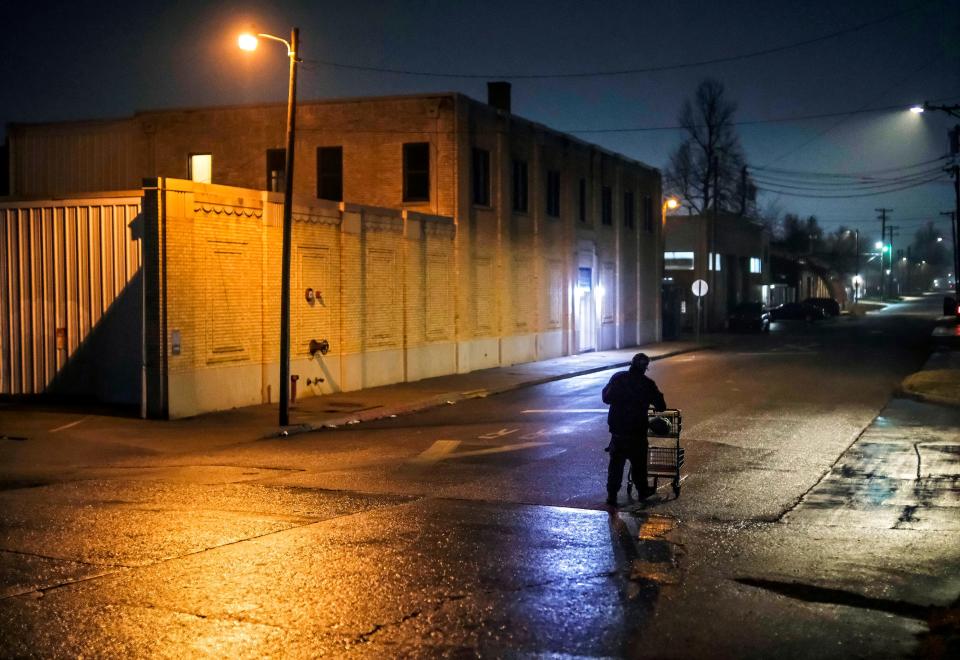
It was Trace Karpe’s first time volunteering to conduct the survey, and he said he wanted to take part because he was curious about the root causes of the city's homelessness issue, which he saw as overlapping factors of lower wages, a lack of rental assistance and affordable housing, and inadequate support of mental health and substance abuse services.
“I think it’s a growing problem, and I think some of it’s systemic, and some of it’s on the individual,” Karpe said. “But I also blame the system that puts individuals into a place where they can make these choices — to even get in these drug-addicted situations.”
More: OKC's 'snapshot' of homeless shows efforts are working, agencies say, but more to come
The situation of a 51-year-old, HIV-positive man the team encountered in an encampment especially frustrated the volunteer team.
"There's no good reason for a person who's HIV-positive not to be housed in this community," Straughan said. "We have a program that's very well-funded, one of the few housing programs that's very well-funded, and he said he's HIV-positive, so there's just no doubt in my mind that we can get him into housing."
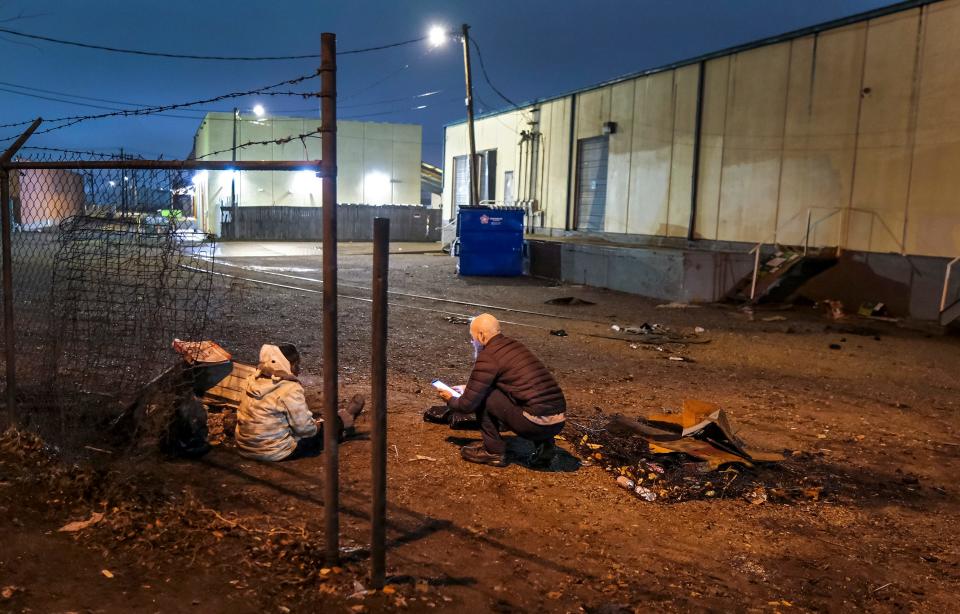
Oklahoma City's homeless population increased between 2022 and 2023
2023's Point In Time count found 1,436 people were homeless in Oklahoma City on the day of the survey, a small increase from the previous year. In Oklahoma City, the homeless count between 2022 and 2023 increased by 6.7%, while the nationwide average showed an increase of 12%.
Results of the 2024 count will be analyzed and released later this year. Straughan said he looks forward to seeing what the data shows, so that the city's service providers can continue to dispel misconceptions about the homeless population. Their problems are the Oklahoma City community's to fix, he said, beyond the "temporary Band-Aid" of shelters.
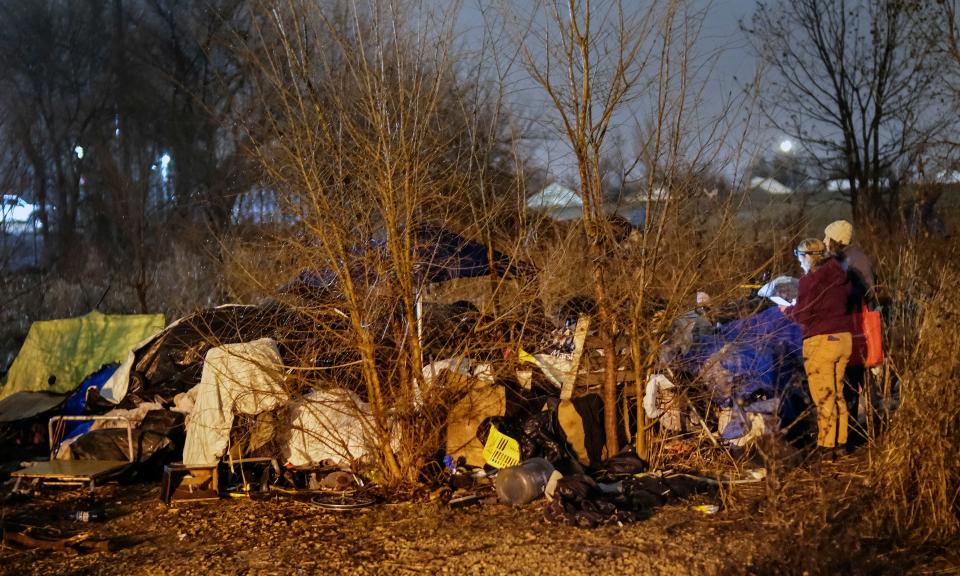
"There's this persistent myth that homeless people are from someplace else, that they're not our neighbors, and again and again the data very consistently shows that these are Oklahoma Citians, and have been for years and years," Straughan said. "This is our responsibility, to care for them, because they are us."
This article originally appeared on Oklahoman: OKC's annual Point In Time count aids targeted homelessness efforts

